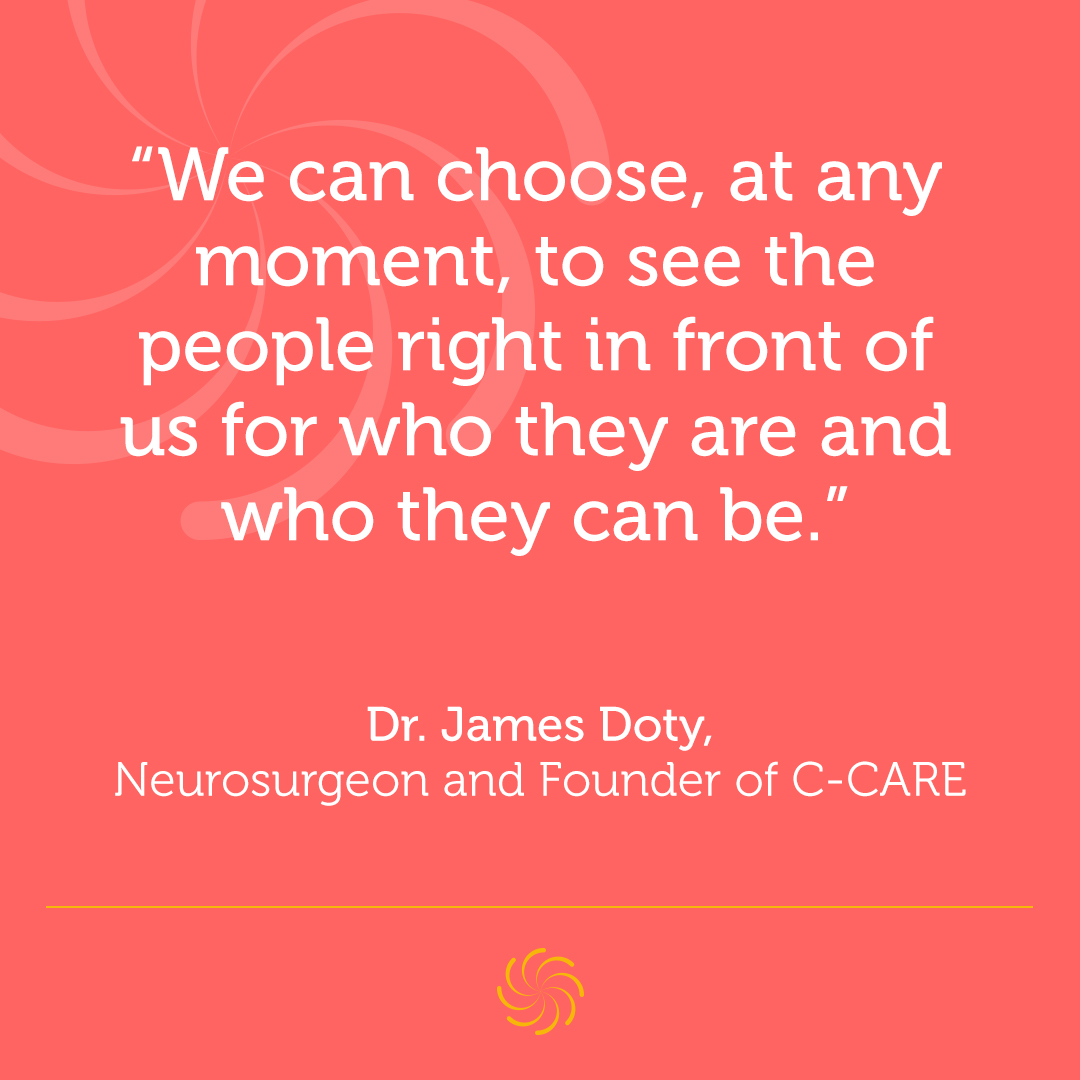HR Management
Nº 176
The Birth of a Movement!
Wow, what an amazing experience I had at the recent Work Human Conference last week!
It is true… We are not the only ‘crazies‘ at Whirling Chief out there trying to champion humanity back into the workplace. 🙂
The Work Human Conference, sponsored by Globoforce is a growing community with a powerful mission: to galvanize more leaders worldwide to harness the transformative power of people for the next generation of Human Resources.
Together, we want to recognize and celebrate breakthrough organizations building and rebuilding human-centric workplaces, where employees achieve their fullest potential, in turn leading organizations to reach their fullest potential.
To our cause, we have been incredibly fortunate to hear from the most inspirational speakers and academics, including the most daring Brené Brown, the most graceful Selma Hayek Pinault, the most passionate Simon Sinek, the most humble Shawn Achor, the most vigorous Amal Clooney and the most willing panel of Tarana Burke, Ronan Farrow, Ashley Judd and Adam Grant.
My biggest takeaway from the conference (and I encourage you to write down my words) is this: We ARE starting a #WorkHuman movement!
There are enough of us with a burning desire to design a different kind of business and a completely different kind of work experience for all of us around the world. I wholeheartedly believe we will make it.
What is it that we so desperately want?
We want to create environments, where more of us can experience feelings of inspiration, safety, joy, and receive recognition for their true value and contribution.
Inspiration!
We imagine businesses built around a core moral purpose – a purpose that’s serving more than our immediate selves, focused beyond the profit aspect.
We imagine leaders clear about their purpose, not only driven to serve that unique individual cause, and also excited to role model their inspiration and their spirituality (liveliness) onto others.
We imagine employees clear in their purpose and genuinely excited to get out of bed, wanting to serve something more significant and interested in being a part of something bigger than their individual cause.
Safety!
We imagine businesses free of asymmetry of power. We want to see a key aspect of business coding to be grounded in providing physical and psychological safety for ALL its constituents.
We imagine leaders clear in their core values, demonstrating day-to-day courage to support, not afraid to exercise empathy, and willing to stand up for their key principles.
We imagine employees standing in for each other’s rights, free of judgment and fear, willingly and actively lending a hand to pull each other up.
Joy!
We imagine businesses free of apathy. We want to see businesses become better balanced, providing both grit and happiness at the same time because, as Shawn Achor stated in his presentation, “Without happiness, work just becomes a grind.”
We imagine leaders connected to their humanity, growing wisdom, humility, and compassion for those they are surrounded by, as well as their natural surroundings.
We imagine employees actively building connections, understanding that happiness is not an individual choice, rather an interconnected one.
Recognition!
We imagine businesses appreciating the “worthy adversary,” a concept introduced by Simon Sinek referring to an evolutionary view of both the ecosystem and competition, and willing to show flexibility for sharing the spotlight from time to time.
We imagine leaders motivated to be a better version of themselves rather than focusing on others’ journeys.
We imagine employees comfortable in their uniqueness, able to bring their whole, authentic selves to work, wanting to make an impact every day.

Of course, we recognize this is a huge transformative journey. We are by no means naive about the evolution this journey requires. Yet, we are willing to begin. I was born into a multi-cultural, multi-religious family. I spent my childhood years in poverty with an abusive adult parent. I have been an immigrant the majority of my life. I have lost my father, my uncle, my grandfather, and my best friend, all to unexpected circumstances. I may have less than 40 years of life, yet I have a very close relationship to two states: suffering and joy. I can smell suffering from far away with eyes closed and I can feel joy in my bones when I see it. Having worked in Human Resources organizations of eight Fortune 100 companies across 18 years, and more recently serving many Fortune 500 companies, NGOs, and beyond, I can tell you now with confidence that we DO need a different approach to work.
In the US alone, though we leverage 25% of worldwide resources, we are far from being enriched.
The poverty and inequality we turn our faces away from robs people of their dignity; the institutional discrimination we allow – whether in gender, religion, race, or other – inside our organizations robs people of their spirit through despair and hopelessness.
As leaders of 21st century, we need a whole new capacity to care, to nurture and to grow. We need a completely renewed definition to success.

If we can step out of our traditional roles, we will no longer be constrained to our current realities. Every human being has a right to flourish, to have dignity and respect, and to thrive. Every organization is capable of growth.
Let us reimagine business and work experience together.

To learn about our very first initiative, a wonderful collaboration with Stanford University’s CCARE reimagining the future of leadership, a model aimed at Awakening Humanity at Work, please refer to our pilot program brochure here.









